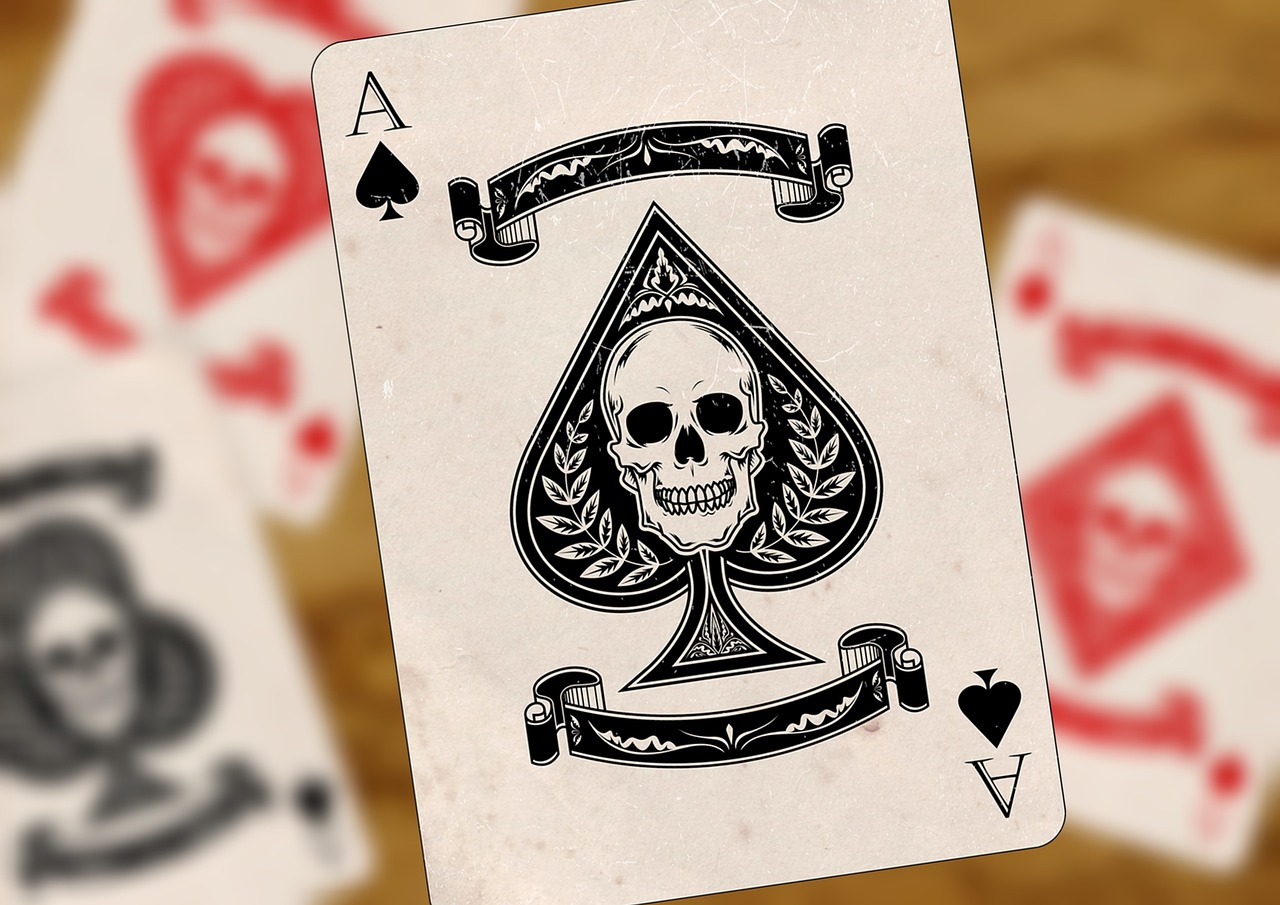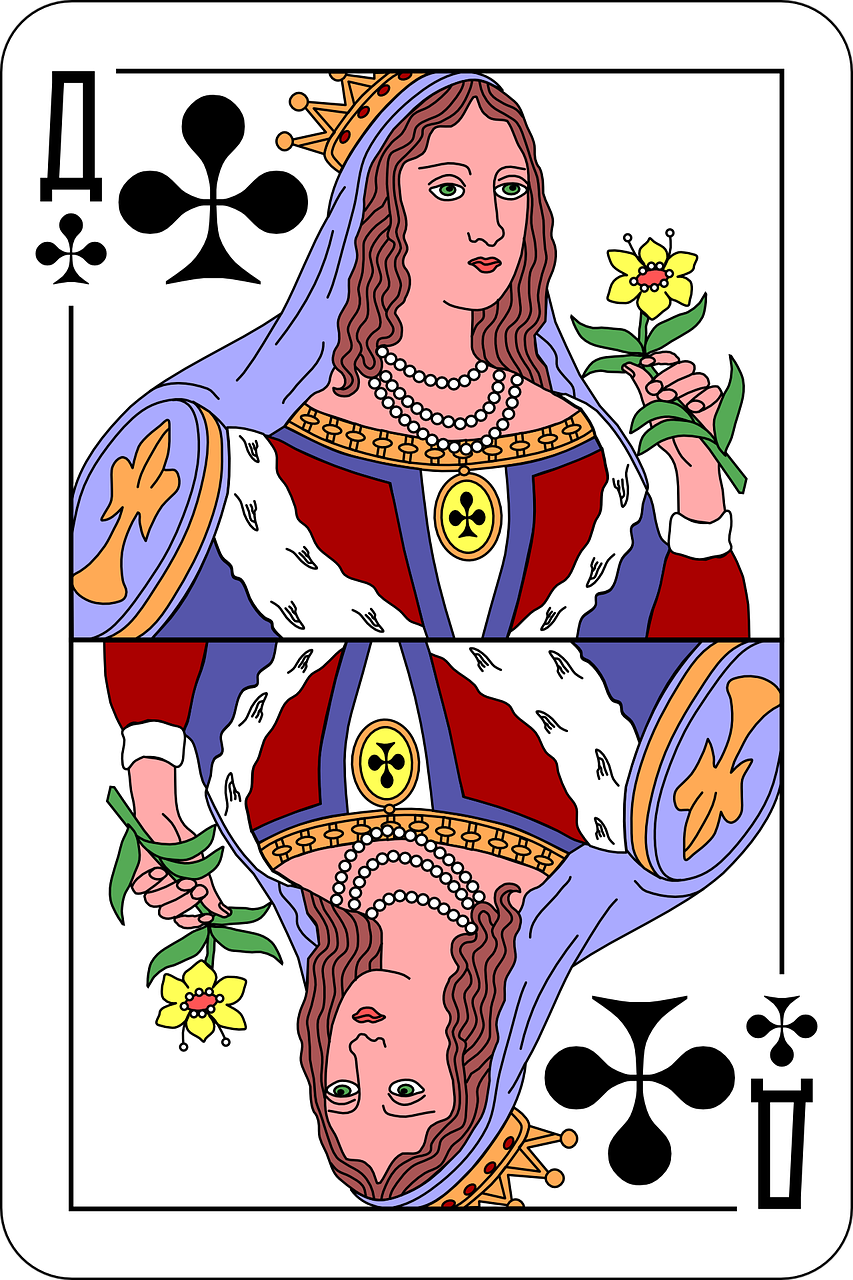Card Games: A Journey into the World of Strategic Entertainment

Collectible Games (CCGs) have been spellbinding the hearts and brains of gamers for quite a while. These remarkable games consolidate key ongoing interactions, innovativeness, and a feeling of collectibility that makes players draw in and want more and more. From the beginning of Wizardry: The Social Event to the cutting-edge period of computerized CCGs like Hearthstone, this type has advanced and prospered, drawing in a great many players around the world. In this article, we will dig into the entrancing universe of collectible games, investigating their set of experiences, mechanics, and the perseverance they hold for gamers, everything being equal.
Starting points and Development:
The underlying foundations of collectible games can be traced back to the mid-1990s, when Richard Garfield made the notable game Enchantment: The Social Affair. Enchantment presented the idea of collectible cards with remarkable capacities, permitting players to construct customized decks and participate in essential fights. Its huge achievement produced a rush of CCGs, including Pokémon, Yu-Gi-Goodness!, and numerous others, each with its own unmistakable mechanics and subjects.
Throughout the long term, CCGs have advanced to consolidate different ongoing interaction components. From deck building and asset management to player cooperation and strategic direction, these games challenge players to foster systems, adjust to evolving conditions, and outsmart their rivals. The presentation of computerized stages has additionally extended the conceivable outcomes, giving on-the-web multiplayer encounters, new mechanics, and a huge range of cards to gather and exchange.
Ongoing interaction and Mechanics:
At the center of each and every CCG lie a bunch of essential interactivity mechanics. Players build their decks by choosing a mix of cards from their assortment. These cards commonly address characters, animals, spells, or different components that add to the game's subject and mechanics. Each card has exceptional traits, for example, assault power, safeguards, capacities, or enhancements.
During interactivity, players alternate between conveying their cards, taking part in fights, and projecting spells to accomplish triumph. The result of these experiences frequently depends on essential direction, evaluating gambles, and anticipating the rival's moves. Furthermore, CCGs frequently consolidate a component of chance through card draws, guaranteeing that each game presents new and exciting situations.
Collectibility and Deck Building:
One of the principal traits of CCGs is their collectible nature. Players get cards through different means, for example, by buying sponsor packs, exchanging with others, or partaking in coordinated occasions. The charm of gathering interesting and important cards fills a feeling of energy and disclosure as players try to improve their decks and make strong blends.
Deck building is a vital part of CCGs, permitting players to customize their methodologies and playstyles. Building a deck includes cautious thought about card collaborations, valuing the executives, and adjusting hostile and protective capacities. The most common way of building and refining a deck can be both mentally invigorating and inventively fulfilling, empowering players to explore different avenues regarding various blends and refine their methodologies after some time.
- Local area and Cutthroat Play:
CCGs have developed energetic and enthusiastic networks of players who share a typical love for the game. Neighborhood game stores, online gatherings, and virtual entertainment stages give players spaces to associate, examine methodologies, and exchange cards. These groups cultivate a feeling of fellowship and well-disposed competition, where players can participate in easygoing matches or take part in coordinated competitions.
Cutthroat play is a critical part of CCGs, with true competitions offering open doors for players to showcase their abilities and seek acknowledgment and significant awards. The essential profundity and intricacy of these games make them ideal for serious conditions, where players should explore complex metagames, adjust to developing systems, and show their authority over the game's mechanics. - Advanced Period and Availability:
The approach of computerized stages has upset the universe of CCGs.
making them more available and helpful than at any other time in recent memory. Online stages like Hearthstone, Gwent, and Legends of Runeterra have carried CCGs to a more extensive crowd, offering natural points of interaction, matchmaking frameworks, and normal substance refreshes. These advanced cycles frequently give extra advantages, for example, single-player crusades, everyday missions, and the capacity to play against adversaries from around the world.
Besides, computerized CCGs lighten a portion of the calculated difficulties related to actual games. They dispose of the requirement for broad card assortments, offer helpful stockpiling of cards in a virtual organization, and empower players to construct and test decks without the imperatives of actual cards' accessibility and cost. Computerized CCGs likewise present imaginative mechanics and ongoing interaction that are unrealistic in conventional games, pushing the limits of the class considerably further.
Collectible Games have enthralled players with their mix of key interactivity, collectibility, and local area connection. From their unassuming starting points with Sorcery: The Social Event to the computerized period of online CCGs, these games proceed to advance and draw in players of any age and foundation. The charm of building special decks, contending with rivals, and gathering uncommon cards has solidified CCGs as a genre that offers vast opportunities for vital diversion. Whether playing with actual cards or plunging into computerized domains, CCGs give a vivid and mentally invigorating experience that will continue to draw in and captivate players for quite a long time into the future.

Appreciate!! Thanks for visiting and curation....